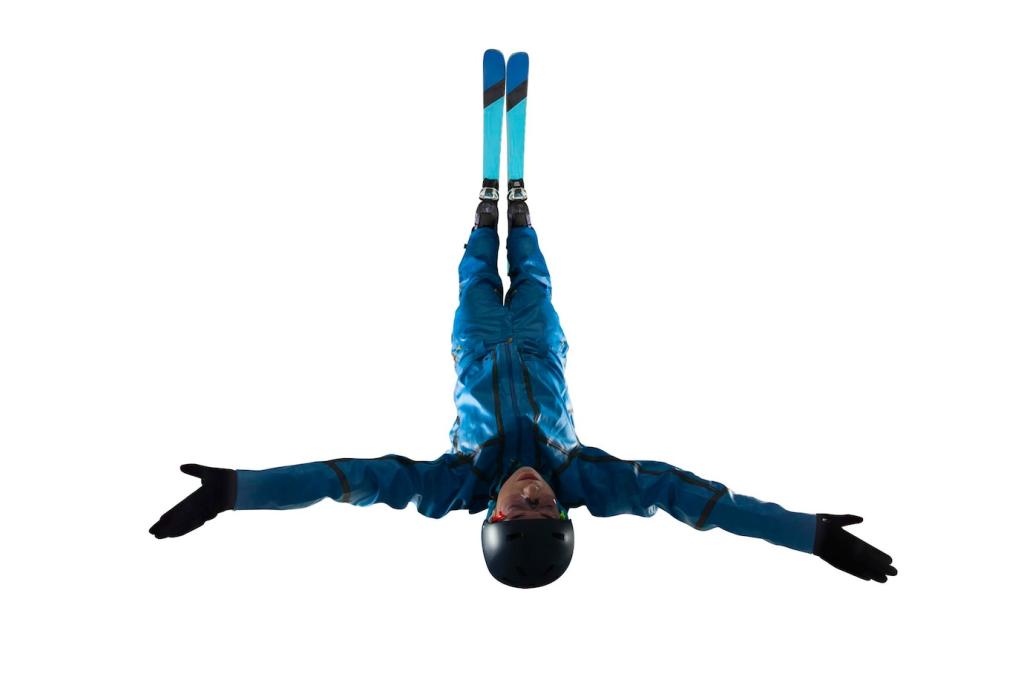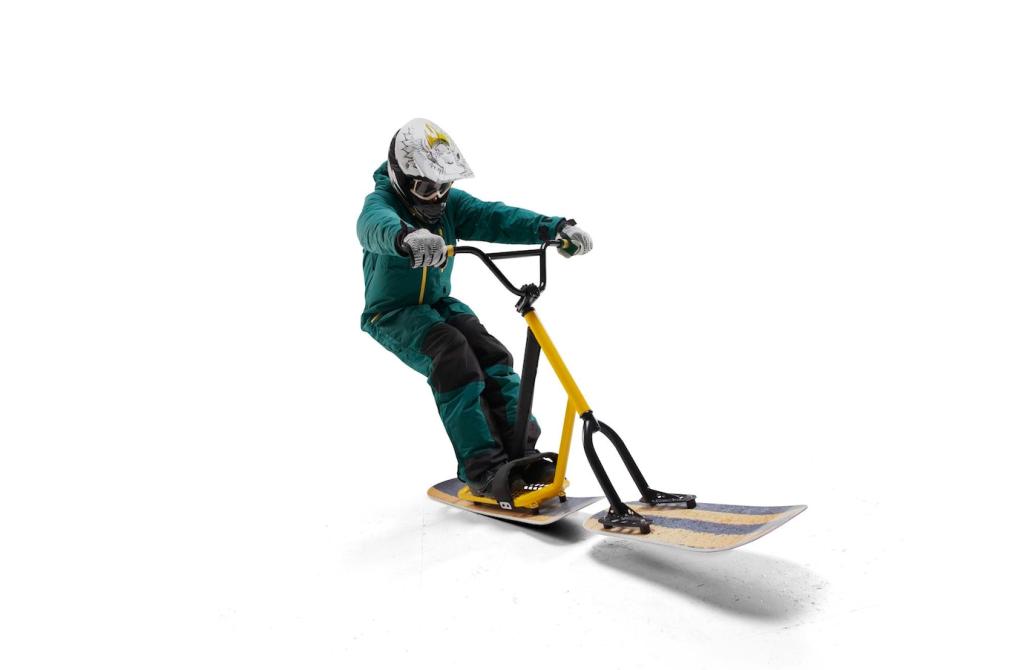Curling Rules and Regulations: Play Smarter, Sweep Kinder
Chosen theme: Curling Rules and Regulations. Step onto pebbled ice with confidence as we decode essential rules, share true-to-ice stories, and invite your questions—subscribe for weekly, friendly guidance that makes every end clearer.

The Spirit Behind the Rulebook
From declaring burned stones to honestly calling your own hog-line fouls, curling relies on self-officiating traditions that turn competitors into custodians of fairness. A junior skip once stopped play to admit a feathered touch, earning applause and a lifelong lesson.
The Spirit Behind the Rulebook
Etiquette forbids distracting noises, obstructing sightlines, or damaging pebble. Sweepers lift brooms near opponents’ deliveries, and players mind shoe sliders to avoid gouging delicate surfaces. Those small courtesies preserve concentration and keep critical ends decided by skill, not chaos.



How an end unfolds
Teams alternate deliveries until sixteen stones have been thrown. Only stones biting or within the house count. The vice-skips agree the score, remove counting stones carefully, and record the end before the next lead places the first guard or draw.

Last Stone Draw and hammer strategy
Pre-game, each team throws a measured draw to the button; the closer total earns hammer. Across events, cumulative LSD values may rank teams, making practice draws genuine pressure moments with seeding, choice of stones, and playoff paths on the line.
Free Guard Zone and Modern Offensive Balance
01
What the free guard zone protects
Stones resting between the hog line and tee line, outside the house, cannot be removed by the non-delivering team until the fifth delivered stone under the five-rock rule. This protection encourages guards, freezes, taps, and imaginative soft-weight problem solving.
02
Five-rock rule’s impact on offense
Adding the extra protected stone lengthened aggressive sequences. Skips now stack guards, tap, and freeze earlier, knowing opponents cannot peel immediately. Ends become more dynamic, rewarding patience, clear communication, sweeping judgment, and thick or thin side calls under growing pressure.
03
No-tick considerations at championships
At top events, recent regulations restrict ticking center-line guards during the free guard phase, preserving central congestion. Teams adapt by delaying angle changes, emphasizing weight control and smarter guard placement, while coaches recalibrate opening-end playbooks to safeguard control of the center.
Equipment Regulations: Stones, Brooms, and Shoes
Championship stones weigh roughly nineteen kilograms, with consistent running surfaces and matched profiles. Handle colors clearly distinguish teams, and embedded sensors may detect hog-line violations. Clubs rotate sets to maintain predictable curl, reducing controversy over equipment advantages and uneven wear patterns.
Equipment Regulations: Stones, Brooms, and Shoes
After abrasive fabrics skewed ice, governing bodies standardized approved materials and visible markings. Teams must use compliant heads with intact covers. Officials can remove non-conforming equipment mid-game to protect fair curl, consistent pebble, and the integrity of sweeping outcomes.


Delivery and Sweeping: What’s Legal, What’s Not
A stone must be clearly released before crossing the near hog line or it is removed from play. Training consistent timing, even under adrenaline, protects pivotal hammer shots from turning into penalties and preserves hard-earned momentum in tight games.
Delivery and Sweeping: What’s Legal, What’s Not
Only one team member may sweep behind the tee line, and only the delivering team may sweep its own stone. Opponents can sweep a moving opponent stone after it crosses the tee, while avoiding collisions, verbal distractions, and obstructing sightlines.


Time Management, Time-outs, and Concessions
Thinking time and pace of play
Elite events track thinking time, pausing clocks during stone travel. Exceeding allotments triggers penalties. Teams rehearse brisk pre-shot routines, quick rock placement, and concise communication to bank minutes for complicated late ends where margins are razor-thin.
Coach interaction and time-outs
Events allow limited time-outs with coach access at defined moments. Officials manage entry and exit to keep ends timely. Smart teams combine time-outs with updated ice maps, noting fresh swing or straighter paths as pebble changes through the draw.
Conceding with respect
Teams may concede once comeback odds fade, reducing injury risk and preserving scheduling. Proper etiquette includes handshakes or fist bumps, sincere congratulations, and accurate score reporting so standings, tiebreakers, and rankings remain trustworthy for athletes and organizers alike.
Formats and Special Regulations
Mixed doubles starting stones and power play
Ends begin with two placed stones, immediately changing guard math. The power play shifts them to a corner setup, encouraging offense. With only two players, communication covers line, weight, and timing, demanding crisp roles and disciplined sweeping choices.
Team composition, alternates, and lineups
Four-player teams declare a throwing order that governs each end. Alternates may substitute under event rules. Captains oversee conduct, vice-skips handle measurements, and lineup changes follow procedures so competitive integrity remains intact across lengthy round-robin schedules.
Juniors, wheelchair, and club adaptations
Junior and wheelchair curling add accessibility-focused provisions, including delivery sticks and adjusted sweeping allowances. Clubs may tweak end counts or timing for participation, but well-published guidelines keep local play compatible with national and international regulations and expectations.
